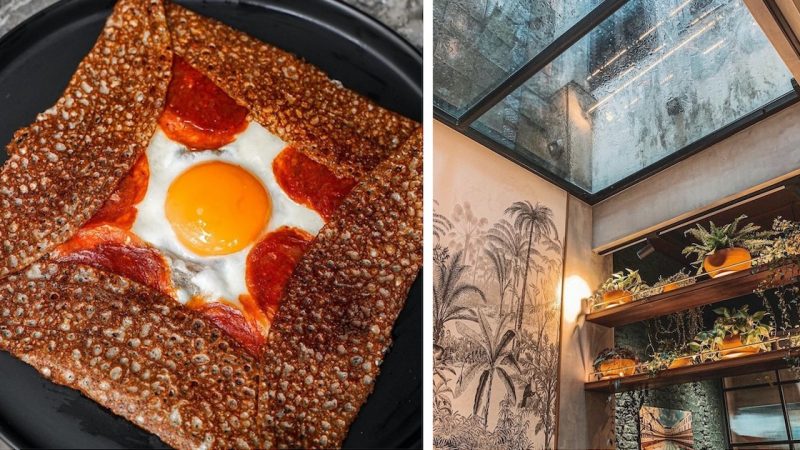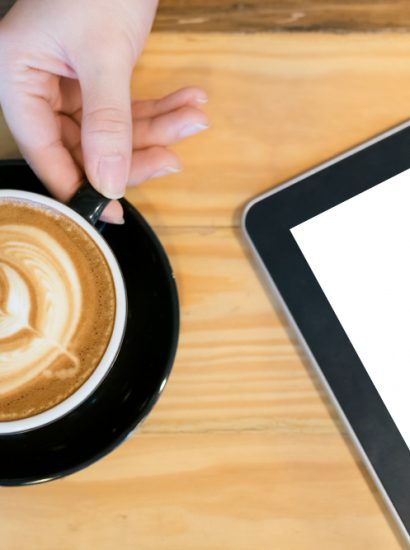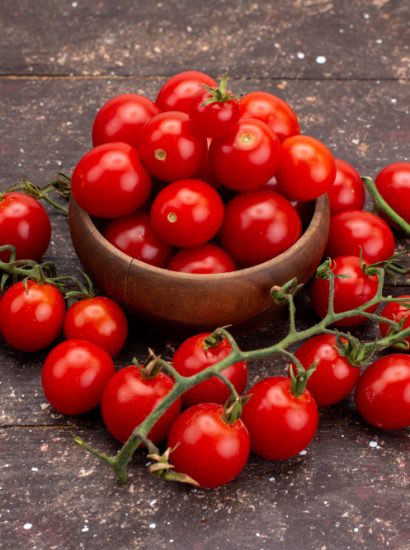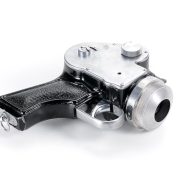The French fold is a popular technique used in bookbinding, paper crafting, and printing. Whether in high-end invitations, luxury menus, or creative packaging, this fold offers elegance and sophistication. In this article, we’ll define French fold, explore its applications, and discuss its benefits.
What is a French Fold?
Definition
A French fold refers to a method where a sheet of paper is folded in half once and then folded again in the opposite direction, creating four panels (or pages). This technique is widely used in booklets, greeting cards, marketing brochures, and art prints.
Key Features of the French Fold:
- Creates a double-thickness page – Ideal for high-quality prints.
Adds an elegant look – Commonly used in luxury stationery.
Enhances durability – Thicker pages reduce wear and tear.
Great for hidden designs – Perfect for creative marketing materials.
How is a French Fold Made?
The process of making a French fold involves two simple steps:
- First Fold – Take a single sheet of paper and fold it in half horizontally or vertically.
Second Fold – Fold it again in the opposite direction, forming a compact, layered structure.
This results in four panels, often used for hidden messages, artistic layouts, or creating double-thick pages in print materials.
Uses of French Fold in Various Industries
| Industry | Application |
| Printing & Publishing | Used in high-end booklets, limited edition art prints, and fold-out brochures. |
| Greeting Cards & Invitations | Provides a premium feel for luxury event invitations and greeting cards. |
| Menus & Packaging | Enhances the durability of restaurant menus and creative packaging. |
| Marketing & Advertising | Creates an interactive experience for promotional brochures and direct mailers. |
The French fold is particularly useful in cases where content is revealed gradually, making it a favorite for marketing campaigns.
French Fold vs. Other Fold Types
| Fold Type | Description | Best Used For |
| French Fold | Two perpendicular folds creating four panels | Luxury prints, menus, greeting cards |
| Half Fold | A single fold creating two panels | Simple brochures, greeting cards |
| Z-Fold | Paper folded in a zigzag pattern | Informational brochures, maps |
| Gate Fold | Two side panels fold inward | High-end invitations, creative advertising |
Compared to other folds, the French fold adds thickness, sophistication, and a unique tactile experience.
Benefits of Using a French Fold
- Enhanced Visual Appeal – Creates a layered, premium look.
Increased Durability – Ideal for materials that need a sturdier structure.
Better Print Protection – Helps prevent ink from smudging on high-quality prints.
Creative Storytelling – Allows for hidden messages and artistic reveals.
This technique is particularly effective when brands want to create an exclusive, luxurious feel in their printed materials.
Conclusion
The French fold is a sophisticated and versatile folding technique used in printing, marketing, and stationery. Whether for an exclusive invitation, luxury menu, or artistic booklet, it adds a unique tactile experience that enhances visual appeal and durability.
Thinking of using the French fold for your next project? Let us know your ideas in the comments!
FAQs
1. What is the purpose of a French fold in printing?
The French fold enhances aesthetics, durability, and the ability to include hidden content or layered designs in brochures, books, and invitations.
2. How does a French fold differ from a standard fold?
A standard fold (like a half-fold) creates two panels, while a French fold creates four panels, adding thickness and a unique opening experience.
3. Can the French fold be used for digital printing?
Yes, it works well with digital and offset printing, though precise alignment is needed for professional results.
4. Is the French fold good for marketing materials?
Absolutely! Luxury brands, wedding planners, and premium product marketers often use it to create high-end promotional pieces.
5. What paper type is best for a French fold?
A thicker paper (e.g., 200-300 GSM) is ideal to maintain structure and elegance.
Also read: SBA Preferred Lender Program (PLP): A Complete Guide for Small Business Owners









